This is the second in a series of five articles in our Life Together summer series. Alumni tell us that what makes the John Jay Institute so unique is the combination of five key components, the second of which is Daily Prayer.
In his classic book, Life Together, Dietrich Bonhoeffer writes about the daily practice of reading Scripture and praying together. For Bonhoeffer, this daily rite was crucial to the formation of Christian community.
A Christian fellowship lives and exists by the intercession of its members for one another, or it collapses. I can no longer condemn or hate a brother for whom I pray, no matter how much trouble he causes me. His face, that hitherto may have been strange and intolerable to me, is transformed in intercession into the countenance of a brother for whom Christ died, the face of a forgiven sinner.
Bonhoeffer’s plan for forming Christian community and the importance of prayer is an essential component of the John Jay Institute. His experience of the power of daily group prayer and Scripture reading rings true for our Fellows, as well.
Katherine "Kittie" Helmick, Spring 2018 John Jay alum, is finishing a 2-year program with the Peace Corps in South Africa.
Daily Prayer
By Katherine "Kittie" Helmick
The first time our class prayed together from the Book of Common Prayer, it was a challenge. The ministers at St. John’s Church guided us through the service, but all of us had grown up with different liturgies and confessions. None of us knew the traditional Anglican service. When we attempted it by ourselves, we stumbled over the collects, confused morning and evening prayer, and disrupted each other’s rhythm in chanting psalms.
Fortunately for us, we had plenty of time to practice. During the John Jay Fellowship, we dedicate time every morning and evening for prayer. After four months of praying twice a day together, the other fellows and I have learned to navigate the prayer book and its liturgical calendar with confidence. Despite our theological and religious differences, the discipline of prayer has united us through a shared language of faith.
The service in the Book of Common Prayer is deliberately ecumenical. Protestants and Catholics of every tradition can join without reservation in asking God’s forgiveness for our sins, worshipping Him through psalms, and reading selections from the Old and New Testaments. Before we present our petitions and thanksgiving to God, we recite the Nicene or Apostles’ Creeds. These statements of faith bridge denominational divides, reminding us of the beliefs we hold in common as members of Christ’s body.
Not only do prayers direct us to practice Christian unity, but the accompanying Scripture passages give us a shared point of reference during our seminar discussions. The Book of Common Prayer assigns Scripture readings based on the liturgical church calendar. I often find myself referring back to these passages during our debates: the psalmist’s attitude towards wealth and prosperity, for instance, or Paul’s teachings on civil and religious authority. When we appeal to Scripture, we recognize each other’s common reverence for Biblical authority in every aspect of our lives, from economics to politics.
Prayer at John Jay unites Christians from different faith traditions in a single mission: transforming culture through principled leadership. Just as the Book of Common Prayer sets the tone for each day during the program, this season of praying together will inform our attitudes towards faith and fellowship for the rest of our lives.


